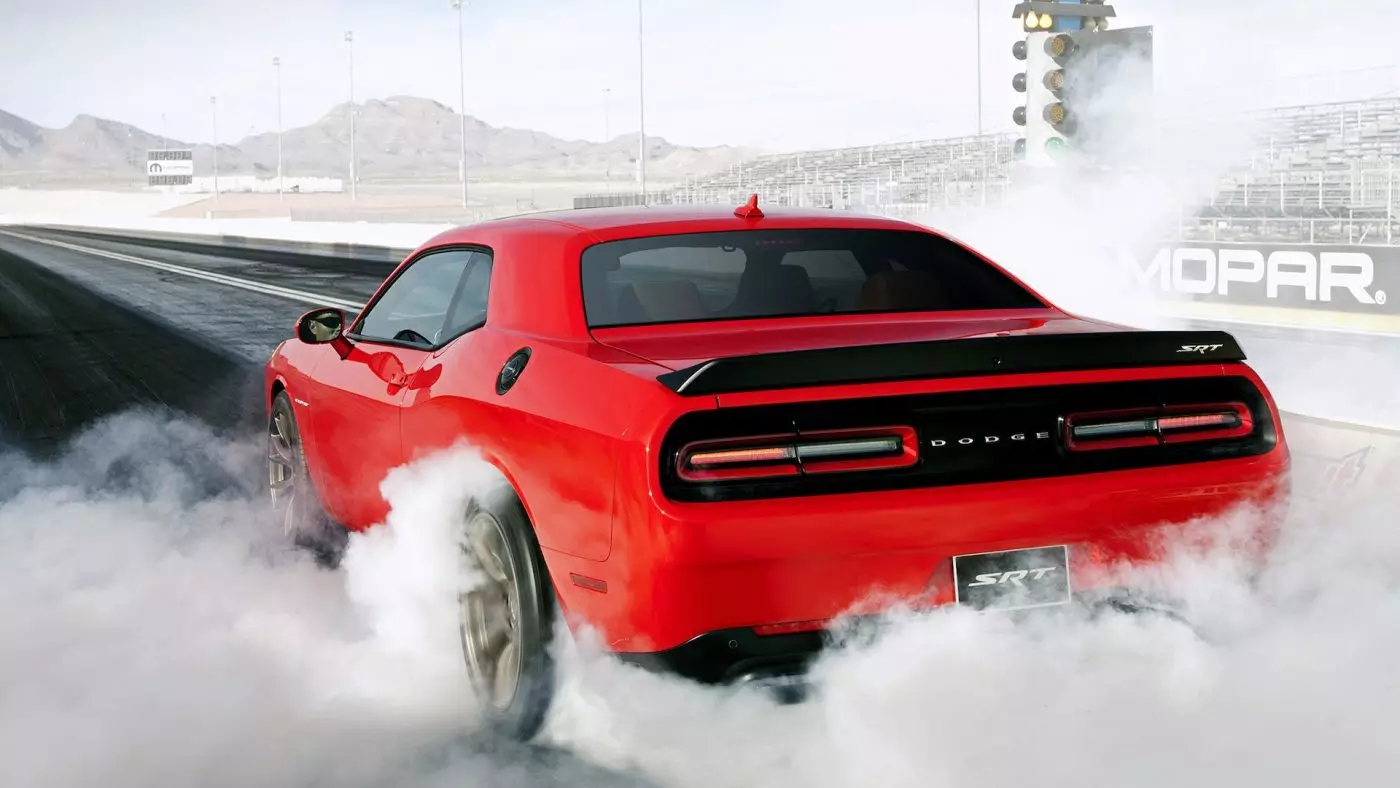Why does the color of smoke coming out of the tires differ in these two situations? Perhaps it is a question that has never entered your mind. We have to confess, not to us either! But now that the question is “in the air”, an answer is needed.
And the answer is incredibly simple: in burnout or drift, the “white smoke” we are seeing is not smoke!
If not smoke, what?
Taking the example of burnout — which consists of keeping a vehicle stationary while making the driving wheels “slide” — the tires, due to the friction generated with the surface, quickly heat up.
If the burnout is long enough, we can reach temperatures close to 200 °C.

As you can imagine, at these temperatures, the tire deteriorates quickly. The surface of the tire starts to melt, and the chemicals and oils that make it up are vaporized.
In contact with air, the vaporized molecules quickly cool and condense. It is during this process of cooling and condensation that they become visible, turning into the white “smoke” (or more bluish white). So what we're seeing is actually steam.
With the right chemicals, some tire builders can even create colored vapor when tires are used for more playful purposes. And this also explains the smoke trail in aerobatic planes, where kerosene or another light oil is mixed with the fuel, which also vaporizes, is expelled, cools and condenses.
The black smoke that we see when tires are actually burned comes from the low temperatures at which they are processed. There is effectively a chemically rich combustion that produces the black smoke and orange flame we know.
And there you have it. White smoke is not actually smoke, but steam!
